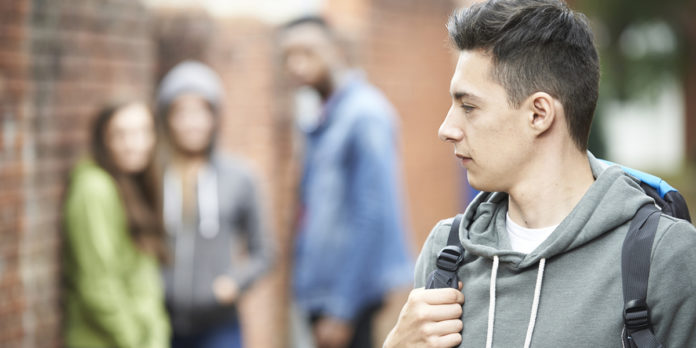Compared to those without a disability, adolescents with a disability have much poorer health and wellbeing, new research has found. They also experience bullying at a higher level than their peers.
A University of Melbourne-led Australian study, published in the International Journal of Epidemiology, has found that almost 50 per cent of the poorer mental health of adolescents with disability is due to bullying by peers.
The longitudinal study of 3500 adolescents saw researchers from the University of Melbourne, Sydney, ANU and Otago use cutting edge statistical methods to estimate how much the poor mental health that we see in adolescents with a disability is related to bullying.
Melbourne Disability Institute Academic Director Professor Anne Kavanagh said the results provided the strongest evidence internationally that adolescents with disability were significantly harmed by bullying.
“We were shocked to find that nearly half of their poorer mental health was explained by adolescents with a disability being bullied by their peers,” Professor Kavanagh said.
“Bullying is likely to have life-long consequences for these young people not just affecting their mental health now but also learning outcomes and wellbeing as adults. If we are serious about inclusion of adolescents with disability in schools, we must address this problem.”
Professor Kavanagh said anti-bullying programs focused on other marginalised groups, such as Indigenous Australians, ethnic minority groups and LGBTIQ+ adolescents, but should also focus on adolescents with disability.
She said school anti-bullying programs had to acknowledge the link between having a disability, being bullied and poorer mental health.
Interventions should take a whole school approach and include teacher training, promoting an inclusive school culture through clearly defined rules, individual counselling and conflict resolution policies and plans.
“It is a sad reflection on our current school system that children and adolescents with disability experience such poor treatment from their peers,” Professor Kavanagh said.
“We call on schools and government to take action to turn the situation around for adolescents with disability so that schools can be a supportive, nurturing, learning environment for children with disability.”
(Source: The University of Melbourne, International Journal of Epidemiology)










